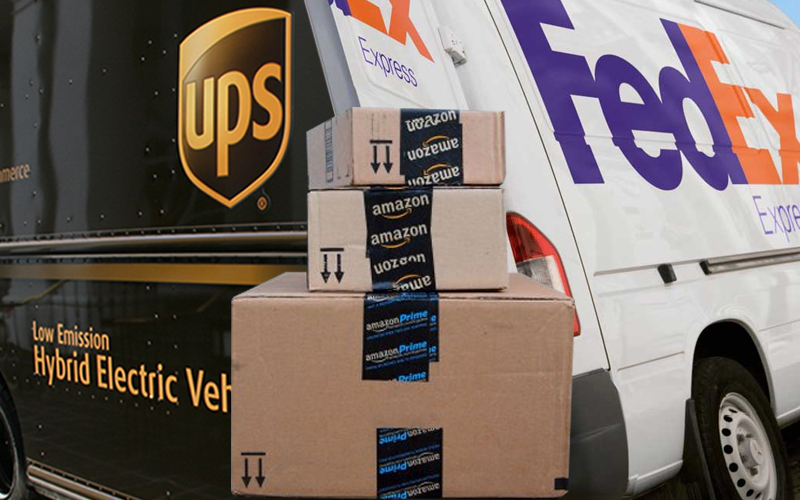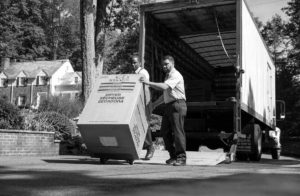E-Commerce Pushes Amazon's Fulfillment Concerns Over Capacity
With the end of summer a few weeks ago, the last quarter of the 2018 brings the main holiday season. With Halloween, Thanksgiving and Christmas all lined up, e-commerce and third-party (3PL) companies are already preparing for higher volumes of deliveries, all way maintaining quality control and successful delivery times. FedEx has already began drawing out digital scheme maps (to identify potential 3PL improvements) and tweaking one of their main services (FedEx Ground) to run on a six-day-work-week all year around. These efforts are made to help the growing demands of e-commerce platforms pushing towards 24/7 operations. There’s more going on here though, specifically on Amazon’s side. E-commerce is taking a form of its own and requiring organizations in this realm to either keep up or get out.
As the industry focuses more and more on fulfillment (i.e.: FBA prep services), Amazon’s capacity is becoming an on-going issue which has management concerned. “Amazon executives have stress there’s not enough capacity to handle rising volumes. Amazon has been building delivery muscle for years, purchasing thousands of trailers and running its own airline with more than 30 cargo planes. The increase in demand isn’t limited to the peak season, explains Rajesh Subramaniam, FedEx Vice-President. “It’s a year-round phenomenon and we are ready to meet that demand.” Time will tell if Amazon, FedEX, UPS and USPS Q4 plans are successfully met. Amazon has been very busy the last year with large company growth purchases and even investing more into the physical delivery game by announcing its own 3PL last mile/last touch delivery network.
Amazon’s headquarters (below) are busier than ever, pushing new updates to their ever-popular shopping platform and expanding their physical assets with new last-mile/last touch delivery options.
Senior FedEx MGMT pushing operational capacities will pass more work-stress to on point staff members. With more concerns on capacity, fulfillment will inherently become more demanding- further feeding the vicious cycle.
“Amazon’s efforts to build its own third-party last mile/last touch delivery network could help reduce shipping cots and make the small parcel market more competitive, and even aid other transportation providers as package volume outstrip capacity. But Amazon and its partners will need lots of drivers, which could pull resources away from drayage and over-the-road trucking companies,” William Cassidy writes for JOC. Not enough time has allotted to see the real benefits (or horrors) of Amazon’s new outlet. While fulfillment is being met, these additional outlets may provide another source for capacity. DGD Transport has foreseen these concerns and met them using technology and utilizing key partnerships (i.e.: like how FedEx and Amazon teamed up).
The balance between fulfillment and capacity is tricky, and through experience, companies like Amazon and DGD Transport push through. Last mile and residential deliveries, for example, through DGD Transport revolve around compliant and trained staff (i.e.: TSA approved drivers) and transparent, tech. enabled solutions (i.e.: GPS tracking on all equipment). While working with new cost-effective solutions may have monetary benefits, service and quality tends to drop. Work with organizations that have a proven track record and build a solid relationship to ensure further success. Cross tying these services with your ecommerce software to further provide up-to-date work flows. To learn more about total integrations, contact SunShip here.






